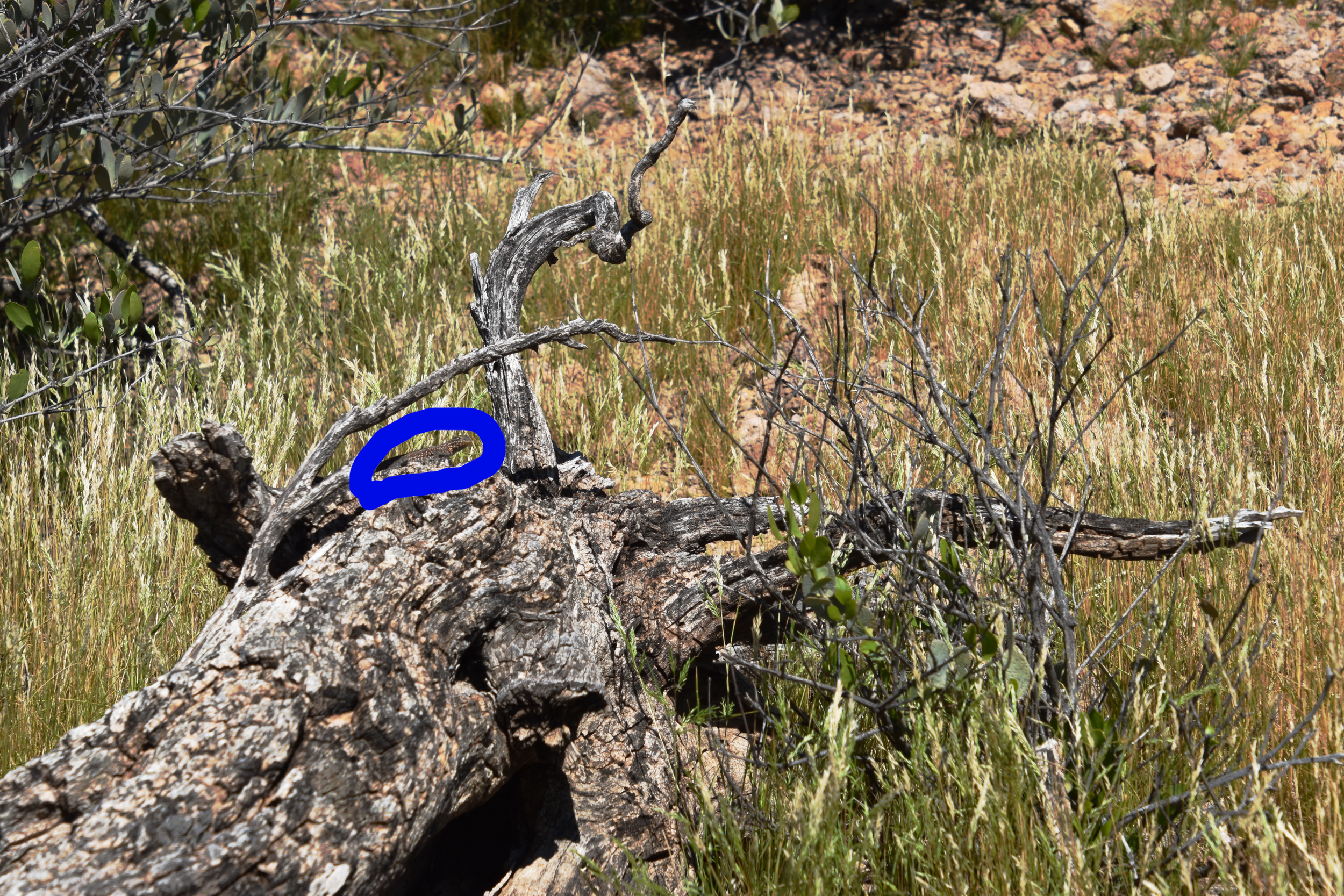The Lizard Nose
I was recently asked, “How do lizards smell?”
All lizards have olfactory organs, which allow them to smell.
When thinking about how lizards smell you may think of tegus or monitor lizards with bifurcated (forked) tongues. Just like snakes, these lizards will flick their tongues to catch scent chemicals. Their tongues then bring those chemicals to a specialized gland on the roof of their mouths called the Jacobson’s organ aka the vomeronasal organ. This organ will tell them about what is going on in the environment such as what prey or predators may be around. Their tongues are split because it gives them information about the direction the chemical cues are coming from i.e. the right or left. Lizards also use chemical cues to communicate with each other.
This is a very useful trait for lizards who are active predators and need to hunt down their prey while not becoming prey themselves.
However, while I was thinking of the answer to this question, I thought about most of the lizards I’ve seen in the Southwestern US like the side-blotched lizard, Uta stansburiana, you’re looking for tonight. They don’t have forked tongues and I rarely if ever see them flicking their tongues, so how do they smell?
Well, they still have Jacobson’s organs which allow them to smell. However, their organs are less developed and they have a lower capacity for chemosensory. Instead, they rely more heavily on sight. Chemosensory, morphology (body structure like forked tongues), physiology (how these body structures work), and natural history (habitats, reproduction, diet, etc) evolve together to make species well-suited for their environments.
Can you #FindThatLizard?
Let me know in the comments with #FoundThatLizard


